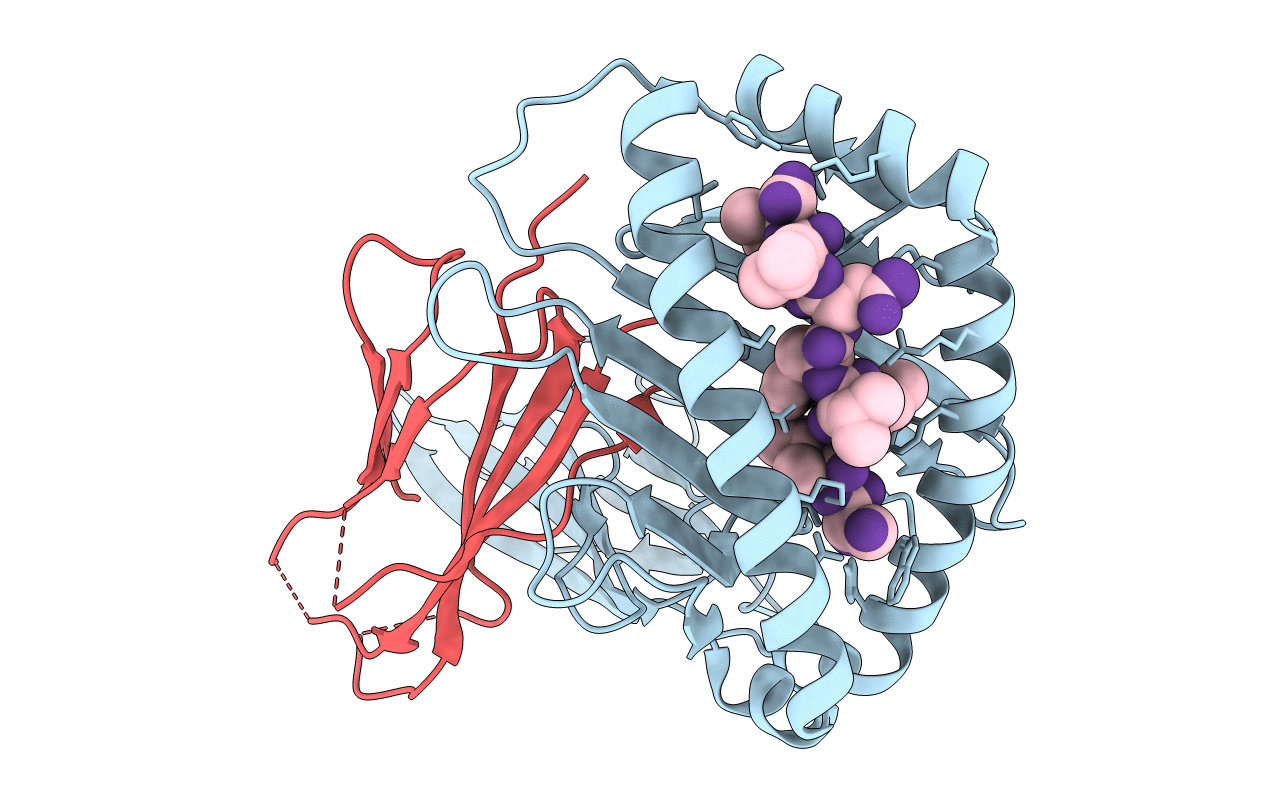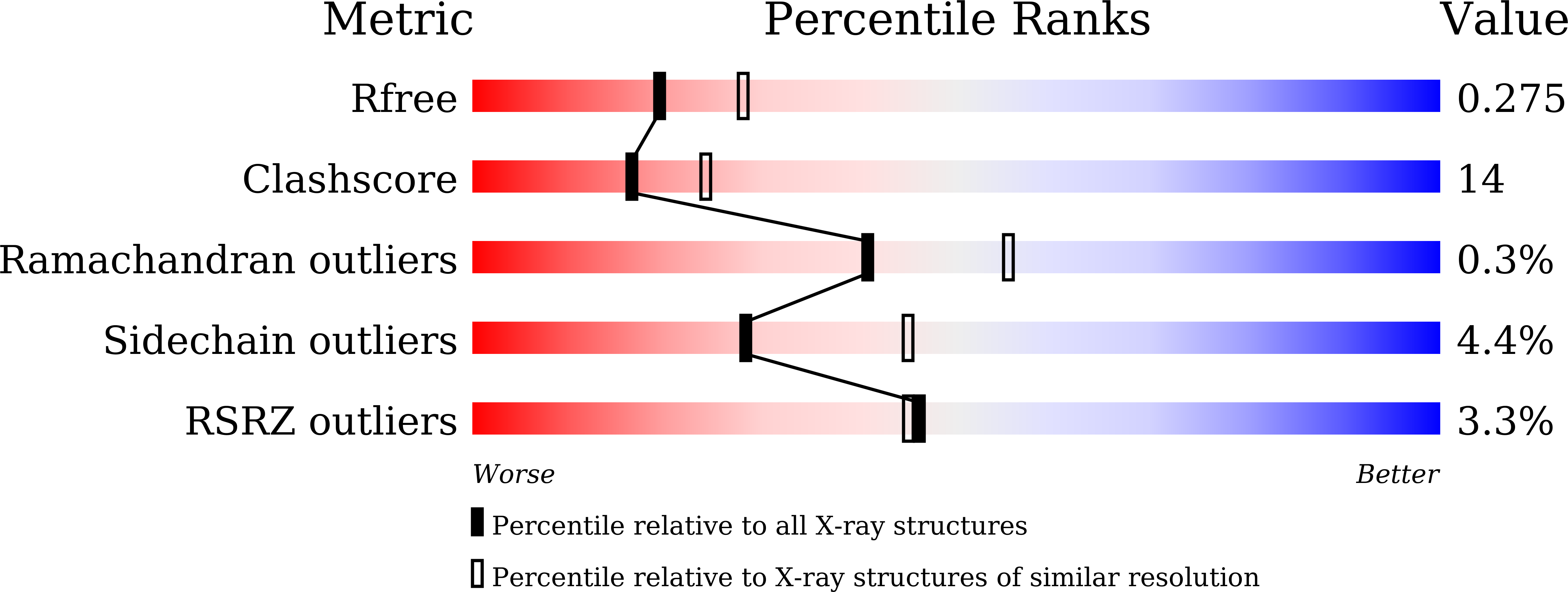
Deposition Date
2019-03-28
Release Date
2020-04-01
Last Version Date
2024-10-16
Entry Detail
PDB ID:
6JQ2
Keywords:
Title:
Crystal Structure of H2-Kb in complex with a DPAGT1 self-peptide
Biological Source:
Source Organism:
Mus musculus (Taxon ID: 10090)
Host Organism:
Method Details:
Experimental Method:
Resolution:
2.40 Å
R-Value Free:
0.27
R-Value Work:
0.22
R-Value Observed:
0.22
Space Group:
C 1 2 1


